Unlocking the Potential of 2A11 Aluminum Alloy: The Unsung Hero of Aerospace Engineering
The aerospace industry consistently pushes the boundaries of what is possible.
Every component, hñei, and design feature must meet rigorous standards for performance, safety, and durability.
In this context, materials science plays a vital role, with aluminum alloys standing out due to their excellent strength-to-weight ratios, Resistencia ar corrosión, ne maquinabilidad.
Among these, 2A11 aluminum alloy emerges as an unsung hero—an innovative, high-performance material with remarkable potential. Yet, despite its impressive qualities, 2A11 remains underappreciated outside specialized circles.
This comprehensive exploration aims to unveil the intricate details of 2A11 aluminum alloy, analyzing its composition, fabricación, properties, applications, and future prospects. Prepare to delve into the depths of this fascinating material and discover how it could redefine aerospace engineering standards.
Understanding 2A11 Aluminum Alloy
What Is 2A11 Aluminum Alloy?
2A11 aluminum alloy belongs to the family of 2xxx series aluminum alloys, characterized by their primary alloying element—the alloyed copper.
It is renowned for its high strength, excellent machinability, and good corrosion resistance.
Originally developed for military and aerospace applications, 2A11 is often considered an advanced variant designed to meet or exceed the demanding specifications of modern aerospace components.
The Composition of 2A11
The integrity and performance of 2A11 hinge critically on its precise chemical composition. Typically, its alloying elements are:
| 'Nar 'mu̲ | Approximate Content (%) | Función |
|---|---|---|
| Cobre | 3.8 – 4.5 | Primary strengthening agent |
| Manganeso | 0.3 – 0.6 | Improves ductility and corrosion resistance |
| Magnesio | 0.2 – 0.4 | Aids strengthening and corrosion resistance |
| Silicio | 0.6 – 1.0 | Enhances casting and machinability |
| Hierro | Up to 0.7 | Impurities, minor influence |
| Aluminio | Remainder (Equilibrar) | Base matrix |
The balance of these elements creates a material optimized for high strength, durability, and adaptability—particularly for complex aerospace structures.
Manufacturing Processes of 2A11
Manufacturing 2A11 involves several specialized processes designed to maximize its properties:
- Four-Stage Heat Treatment: Solution heat treatment, quenching, aging, and stabilization—each step fine-tunes the alloy’s microstructure for enhanced strength and toughness.
- Hot and Cold Working: Mechanical deformation techniques, such as rolling, forja, and extruding, shape the alloy into desired forms, with subsequent heat treatments relieving internal stresses.
- Precision Machining: Due to its excellent machinability, 2A11 can be finely processed to create detailed aerospace components, such as structural brackets or control surfaces.
- Surface Treatments: Anodizing, painting, and other surface modifications protect against corrosion and enhance durability in harsh environments.
Key Mechanical and Physical Properties
Strength and Fatigue Resistance
2A11 Aluminum Alloy demonstrates excellent tensile strength, often exceeding 500 Mpa, making it suitable for load-bearing aircraft parts.
Its fatigue resistance ensures that components maintain integrity under cyclic stresses typical in flight operations.
| Ha̲i | Typical Range |
|---|---|
| Resistencia ar tracción | 530 – 560 Mpa |
| Límite elástico | 450 – 500 Mpa |
| Elongación ar rotura | 10 – 12% |
| Fatigue Limit | High, suitable for cyclic loads |
Hardness and Wear Resistance
The alloy exhibits high hardness levels, contributing to wear resistance—an essential factor for components subject to friction or mechanical contact.
| Hardness (Brinell) | Approximate Value | Application Relevance |
|---|---|---|
| HB | 150 – 180 | Machined parts durability |
Resistencia ar corrosión
While 2A11’s primary strength comes from copper, which can reduce corrosion resistance compared to other aluminum alloys, proper manufacturing techniques and surface treatments significantly enhance its resistance profile.
Anodized 2A11 parts showcase superior corrosion protection, critical for aerospace environments.
Thermal and Electrical Conductivity
While not its primary strength, 2A11 maintains adequate thermal conductivity suited for applications where heat dissipation is necessary, such as in aircraft engine components.
Advantages of 2A11 Aluminum Alloy in Aerospace Engineering
Superior Strength-to-Weight Ratio
The high tensile strength combined with low density makes 2A11 particularly attractive for aerospace applications — reducing aircraft weight without compromising strength.
Excellent Machinability
One of the standout features of 2A11 is its exceptional machinability.
Engineers and manufacturing specialists can produce complex, precise components with minimal tool wear, ultimately reducing production costs and lead times.
Effective Stress and Fatigue Performance
2A11’s high fatigue resistance benefits aircraft structures subjected to cyclic loads, such as wings and fuselage frames, extending service life and reducing maintenance needs.
Hño conformabilidad
Despite its strength, 2A11 retains good ductility and formability, facilitating manufacturing processes like shaping, doblamiento, and stamping.
Compatibility with Surface Treatments
The alloy responds well to anodizing and painting, providing necessary corrosion protection and aesthetic finishes.
Applications of 2A11 Aluminum Alloy in Aerospace Engineering
Structural Components
Its strength and lightweight properties make 2A11 a prime candidate for aircraft fuselage frames, wing spars, and structural brackets—especially where complex geometries are involved.
Engine Components
High-temperature capabilities and strength enable use in parts of aircraft engines, including compressor blades, casings, and impellers.
Control Surfaces and Landing Gear
The durability and fatigue resistance of 2A11 support safety-critical parts like flaps, ailerons, and shock absorbers.
Spacecraft and Satellite Structures
The alloy’s reliable mechanical properties support lightweight framework and mounting structures requiring high precision.
Mission-Specific Equipment
In defense and advanced aerospace projects, 2A11’s machinability and strength make it suitable for custom missile frames and military aircraft components.
Practical Considerations in Using 2A11 Aluminum Alloy
Design Optimization
Designers should consider alloy-specific properties, such as its copper content, which influences corrosion and welding behavior.
Proper design strategies optimize performance and lifespan.
Manufacturing Challenges and Solutions
While 2A11 demonstrates outstanding machinability, careful control of heat treatment processes is vital. Excessive or insufficient aging can compromise properties.
Joining Techniques
Joining 2A11 often involves riveting, friction stir welding, or adhesive bonding. Compatibility depends on ensuring minimal microstructural deterioration and maintaining strength.
Cost-Effectiveness
Though more expensive than common alloys like 2024 o 6061, 2A11’s superior properties justify its use in critical aerospace applications where safety and performance take precedence.
Innovations and Future Directions
Advanced Manufacturing Techniques
Additive manufacturing (3D printing) introduces new possibilities for producing complex 2A11 components, reducing waste and allowing rapid prototyping.
Surface Enhancement Technologies
Developing advanced coatings and anodization methods further improves corrosion resistance, expanding usability in more challenging environments.
Material Hybridization
Combining 2A11 with other alloys or composites through innovative manufacturing creates hybrid materials tailored for specific aerospace needs.
Sustainability and Recycling
Recycling 2A11 and other aluminum alloys reduces environmental impact, aligning aerospace manufacturing with green technology initiatives.
Comparing 2A11 to Other Aerospace Aluminum Alloys
| Feature | 2A11 | 2024 | 6061 |
|---|---|---|---|
| Primary Alloying Element | Cobre | Cobre | Magnesio, Silicio |
| Resistencia ar tracción (Mpa) | 530 – 560 | 470 – 505 | 240 – 290 |
| Maquinabilidad | Excelente | Xi hño | Xi hño |
| Resistencia ar corrosión | Hingi ze̲di | Hingi ze̲di | Xi hño |
| Be̲xu (Densidad, g/cm³) | ~2.8 | ~2.8 | ~2.7 |
| Application Suitability | High-performance aviation | Structural parts, fuselage | Structural applications |
Understanding these distinctions helps engineers and manufacturers select the best alloy for each specific application, ensuring performance and cost efficiency.
Challenges and Limitations
Corrosion Management
Due to high copper content, 2A11’s corrosion resistance is inferior without surface treatment. Effective anodization or coating is essential.
Welding Difficulties
Welding copper-containing alloys requires precise control to prevent microcracks and weakening of joints. Specialized techniques and post-weld treatments address this.
Cost Constraints
Higher raw material costs may limit broader adoption, though the performance benefits typically offset expenses in mission-critical aerospace parts.
Microstructural Stability
Prolonged exposure to high temperatures during operation or processing can impact microstructure stability. Proper heat treatments and maintenance protocols mitigate these effects.
Conclusion
In the realm of aerospace engineering, where every gram counts, and safety is paramount, materials like 2A11 aluminum alloy emerge as invaluable assets.
Its high strength, excellent machinability, and adaptability make it a top-tier option for a diverse array of structural and functional components.
Despite being less known outside specialized engineering circles, 2A11 holds substantial promise for the future of aircraft and spacecraft design.
By harnessing advanced manufacturing techniques, surface treatments, and thoughtful design strategies, aerospace engineers can unlock the full potential of 2A11 aluminum alloy.
This extraordinary material, equipped with formidable properties and versatile applications, truly exemplifies the spirit of innovation—undeniably an unsung hero transforming the skies and beyond.
Share with PDF: Download
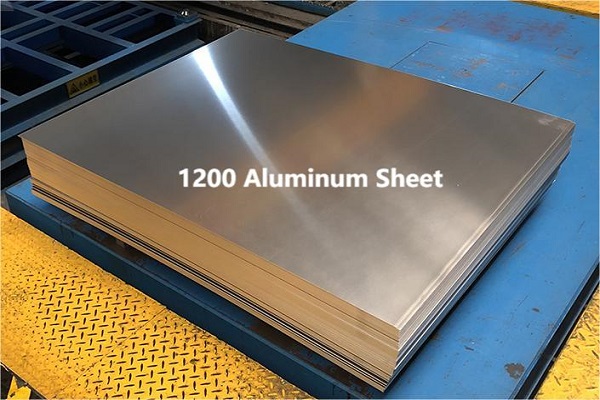
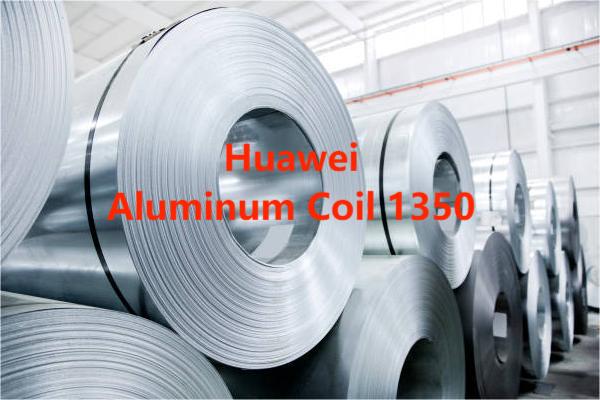
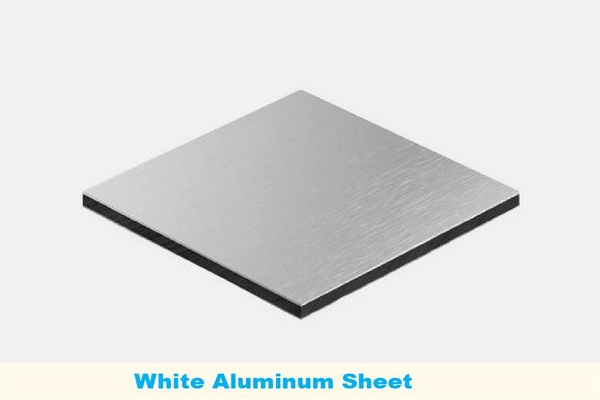
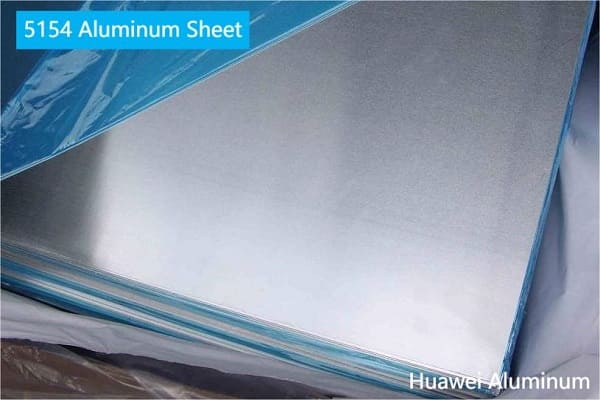
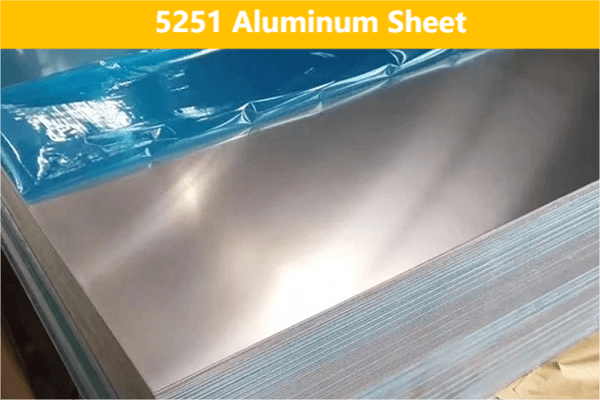
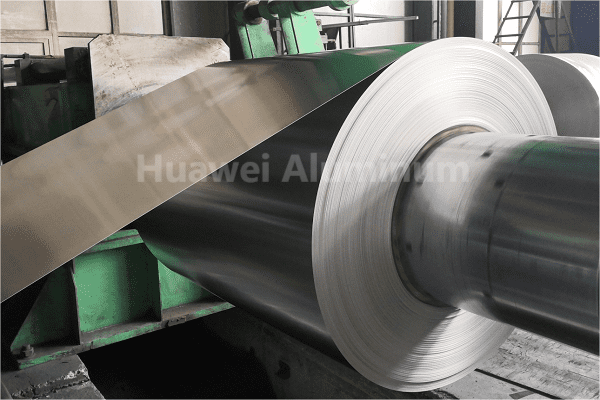
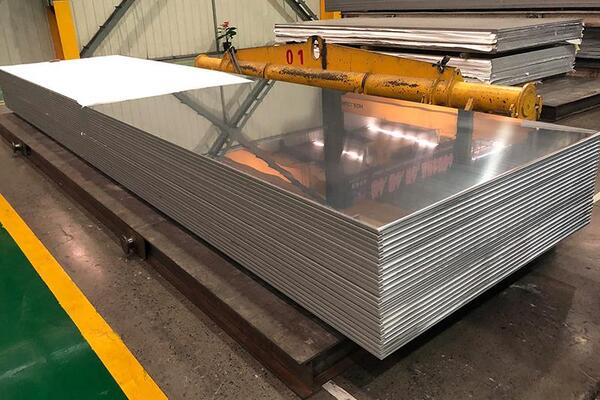
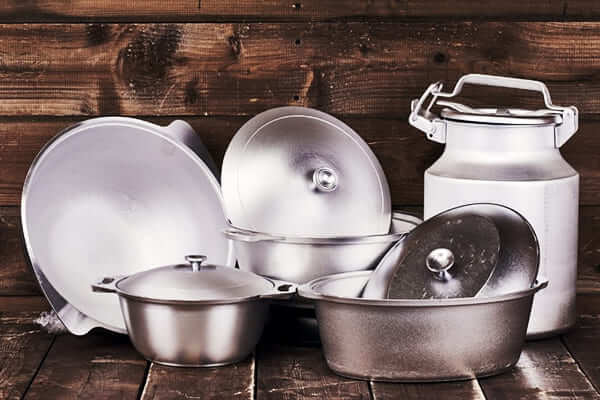
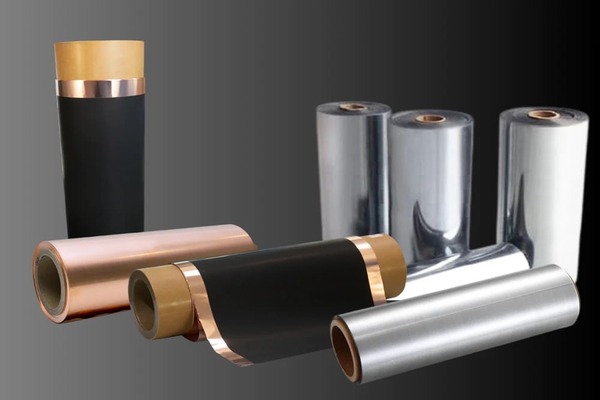
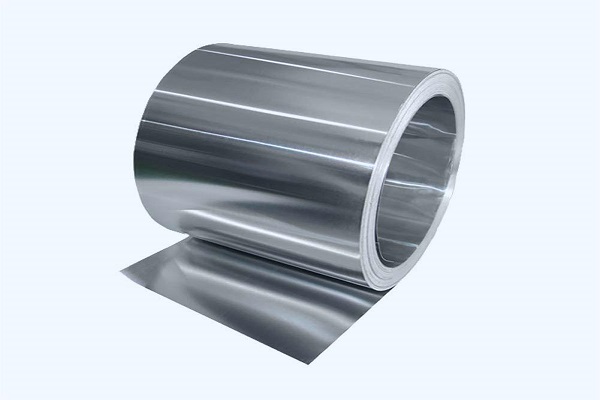
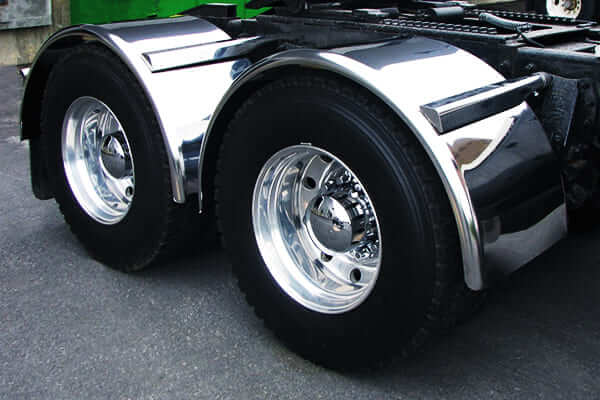
Contesta